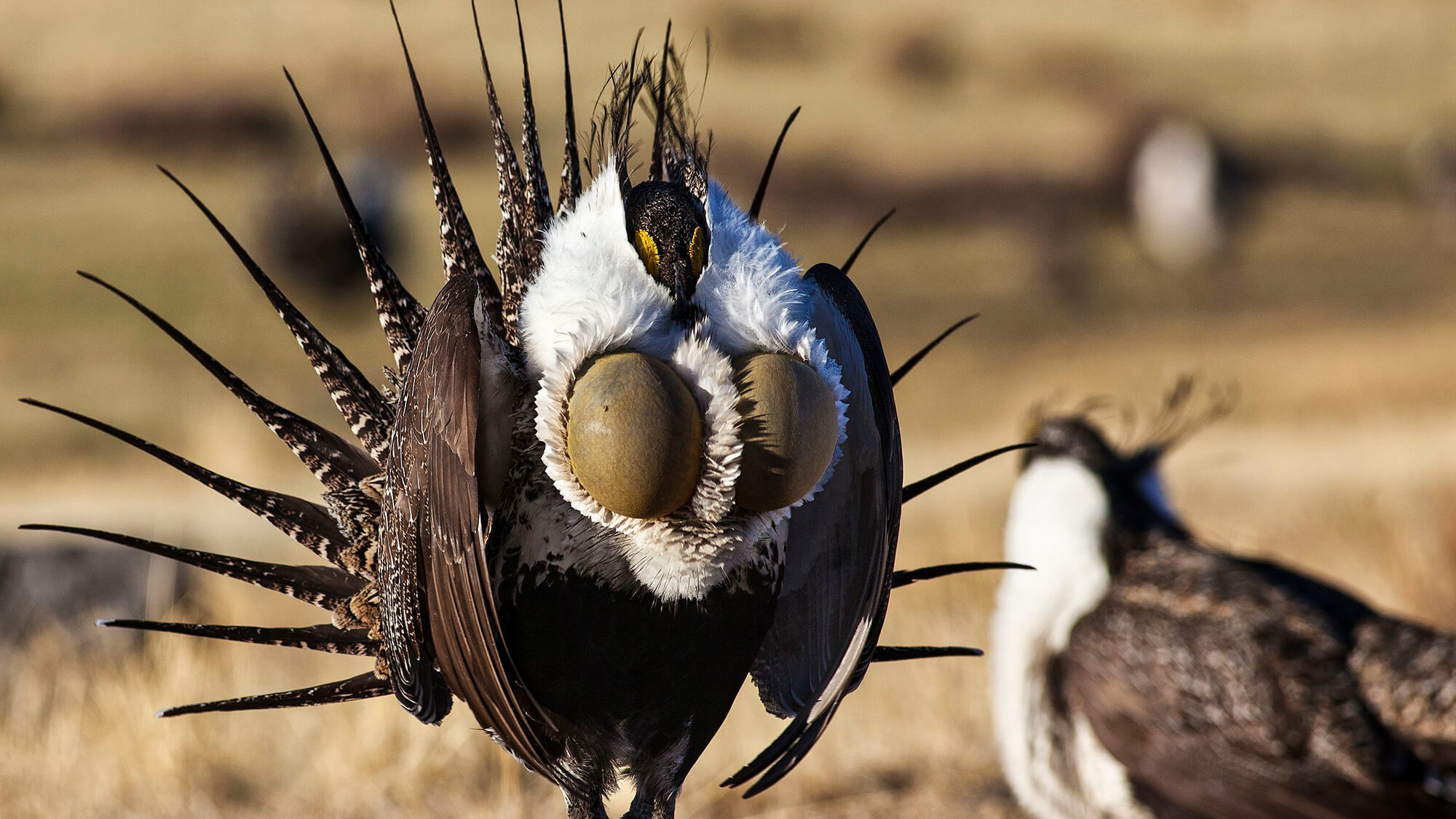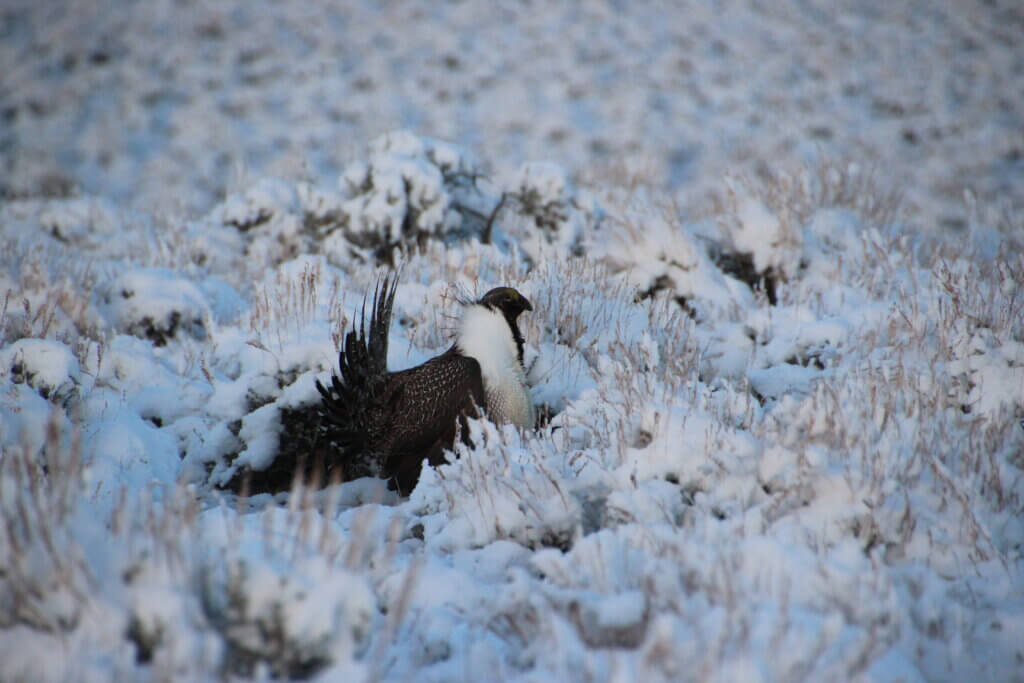
Find Your Flock: 6 Premier Perches for Birding in Nevada
Whether you’re a bona fide bird nerd or a fledgling fan of our fine feathered friends, discover six of Nevada’s best birdwatching locales.
Nevada’s vast and diverse landscapes hold many secrets, not the least of which is their popularity with birds. While it may come as a surprise, the number of recorded bird species visiting, breeding, or living here in the Sagebrush State is a whopping 488. Operative word there: species.
In addition, each year, hundreds of thousands of birds following the north-south path between Alaska and Patagonia — the Pacific Flyway — can be seen making a pitstop right here in Nevada.
And yet, Nevada tends to remain far off most birders’ radar. In fact, according to the Great Basin Bird Observatory, our state is one of the most “under-birded” regions in the country.
But! That just means you’re even more likely to to have some of these primo perches all to yourself.
Travel Nevada Pro Tip
Discover six of the Silver State’s best destinations for birders.


Lahontan Valley Wetlands
Keep Your Eyes Peeled For:
- Wilson’s Phalarope
- Baird’s and Pectoral Sandpipers
- Long-billed Curlew
- Long-billed Dowitcher
- Black-necked Stilt
If you’re a shorebird or a waterfowl riding the Pacific Flyway over Nevada, chances are good that you’ll splash down somewhere in the Lahontan Valley Wetlands IBA — a classification used to “identify, monitor, and protect the most important places for birds” — near Fallon. Especially among the watery grandeur of Stillwater National Wildlife Refuge, bird numbers reach 250,000 during migration events, and the area provides vital nesting and wintering habitat.
Travel Nevada Pro Tip


Great Basin National Park
Keep Your Eyes Peeled For:
- Calliope Hummingbird
- Red-naped Sapsucker
- Black-throated Gray, MacGillivray’s Orange-crowned, and Wilson’s Warbler
- Yellow-breasted Chat
- Black Rosy-Finch
The vastness of time and space is almost palpable in eastern Nevada’s Great Basin National Park. With biomes ranging from subalpine forests to grasslands, the park attracts birds from as far away as South America and the Caribbean.
Travel Nevada Pro Tip


Franklin Lake IBA & Ruby Lake National Wildlife Refuge
Keep Your Eyes Peeled For:
- White-faced Ibis
- Black, Caspian, and Forster’s Terns
- Yellow-headed Blackbird
- Violet-green Swallow
- Golden Eagle
These sister locations of marshes, islands, riparian habitat, meadows, grasslands, and shrub-steppe sit at 6,000 feet and include more than 200 pristine springs. Fifteen thousand acres of seasonal wetlands in the Franklin Lake IBA and 37,632 acres within Ruby Lake National Wildlife Refuge are five miles apart in northeastern Nevada.
The Ruby Mountains rise to elevations of 11,000 feet, adding forested mountain slopes, canyons, and cliffs to the landscape. More than 225 bird species occupy these ecosystems throughout the year. In springtime, this area provides critical food, resting, and nesting resources for a significant population of migratory birds.
Travel Nevada Pro Tip


Monitor Valley IBA
Keep Your Eyes Peeled For:
- Sage Thrasher
- Black-throated Gray Warbler
- Gray Flycatcher
- Sagebrush Sparrow
- Red-naped Sapsucker
If birding in rugged, isolated areas is your gig, then Monitor Valley IBA is your destination. This terrain — roughly between Austin and Tonopah — usually requires a 4WD vehicle with high clearance (to be safe), and the usual off-road travel precautions should be taken. From the valley floors to the surrounding peaks, habitat diversity and protected public lands support hundreds of avian species.
Travel Nevada Pro Tip


Bilk Creek–Montana Mountains IBA
Keep Your Eyes Peeled For:
- Sage Thrasher
- Gray Flycatcher
- Lesser Yellowlegs
- Greater White-fronted Goose
- Swainson’s Hawk
Overlapping the Oregon border near Denio is the rugged Bilk Creek–Montana Mountains IBA. Exceeding 500,000 acres, this remote landscape is mainly sagebrush. This location supports the largest state population — and one of the highest in the U.S. — of near-threatened sage-grouse. Hundreds of species migrate, breed, and reside in this IBA and surrounding lands.
Travel Nevada Pro Tip


Lake Mead National Recreation Area
Las Vegas / Henderson / Boulder City
Keep Your Eyes Peeled For:
- Western and Clark’s Grebes
- Lucy’s Warbler
- Phainopepla
- LeConte’s Thrasher
- Scott’s Oriole
Clark County is home to more than 400 recorded species, many of which reside on more than 1.5 million acres within the Lake Mead National Recreation Area. It is also an Audubon-designated IBA with countless places to post up — on foot, on a bicycle, or on the water — and train your eyes to the skies.
Travel Nevada Pro Tip
Get Inspired
Related Stories
